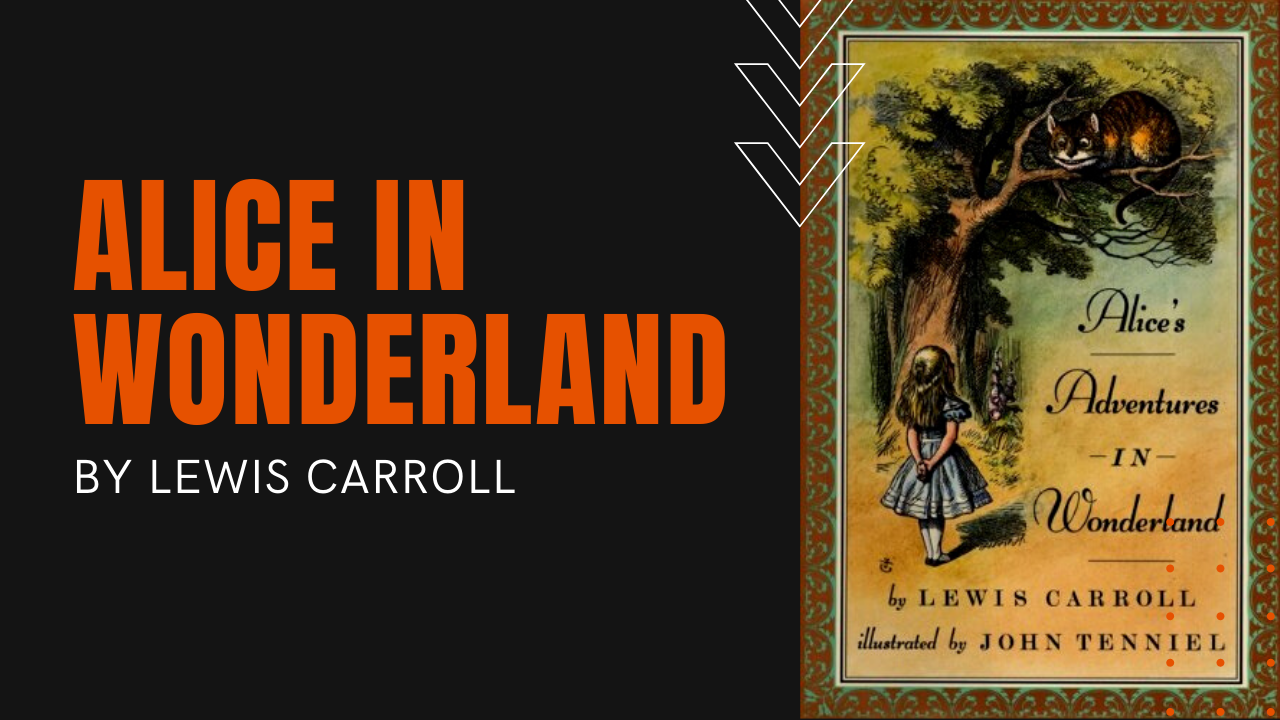Lewis Carroll Guides Alice’s Adventures in Wonderland

First published in 1865, Lewis Carroll’s Alice’s Adventures in Wonderland, now commonly shortened to Alice in Wonderland, was first conceived three years before publication when Carroll and the Reverend Robinson Duckworth rowed up the headwaters of the River Thames in a boat with three young girls—a day which Carroll remembered as the “golden afternoon.”
Who is Lewis Carroll?
Lewis Carroll, whose real name was Charles Dodgson, was a professor of mathematics at Christ Church University at Oxford, and on that golden afternoon, the three girls (Lorina, Edith and, of course, Alice) were the daughters of Christ Church University’s Vice-Chancellor, Henry Liddell.
The boat ride began at Folly Bridge, Oxford and ended up five miles away in the Oxfordshire village of Godstow. Along the way, Carroll made up a story for the girls about a bored little girl named Alice who falls through a rabbit hole into a subterranean fantasy world populated by peculiar, anthropomorphic creatures. All three girls became transfixed by the story, prompting Alice Liddell to ask that Carroll write it all down for her.
Alice in Wonderland
Since its first publication, Alice in Wonderland has risen in stature to become one of the best-known and most popular works of English-language fiction, while its narrative, structure, characters and imagery have been enormously influential in popular culture and literature, especially in the fantasy genre.
The work has never fallen out of print and has been translated into at least 97 languages. Character allusions are manyfold, including Alice Liddell as herself, while Carroll is caricatured as the Dodo, because Dodgson frequently stuttered when he spoke, which made him pronounce his last name as Dodo-Dodgson.
Symbolism provides another rich landscape in the story, since most of the book’s adventures may have been influenced by people, situations and buildings in Oxford and at Christ Church in particular.
For example, the Rabbit Hole symbolized the actual stairs in the back of Christ Church’s main hall, while a carving of a griffon and a rabbit were pulled directly from Ripon Cathedral, where Carroll’s father was a canon. The book also makes many references to mathematics, which at the time of publication made the book a scathing satire on new modern mathematics that was just emerging in the mid-19th Century.
